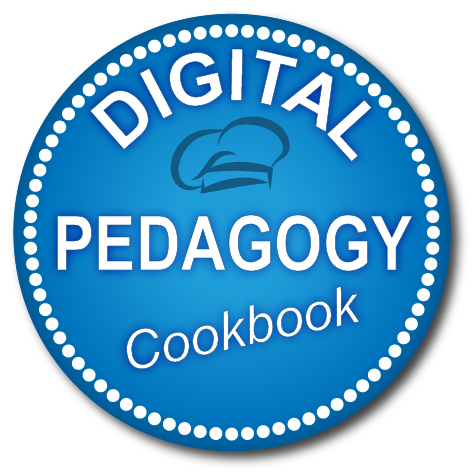DigCompEdu Competence area
Progression Level
Minimum digital skills level of Students
Minimum digital skills level of Educators
Learning/Teaching situation
Flipped Classroom or Preparatory exercise or Recap exercise.
Target group
All ages.
Ingredients
- PC/laptop/smartphome
- Internet connection
- Video recording equipment
- YouTube account
Description
Educator video records practical skills development session/class work with evaluation and teaching tips and privately share with learners using YouTube
Recording students at work or sections of a class and privately sharing on YouTube can be useful in many areas of education from drama to science.
A class and group communication could improve, and individual empowerment could be increased through sharing and presenting results of student’s works in action as well for repeating learning or practicing.
Benefit for learners:
Time allowed for practice and improvement.
How to do it (step by step)
Step 1
Record class activity.
Step 2
Edit or add voice over for feedback, learning points etc.
Step 3
Create You Tube Channel with correct privacy channels.
Step 4
Upload material to You Tube channel.
Step 5
Ensure that there are learning tasks associated to the uploaded material with SMART targets.
Step 6
Make sure that progress can be measured during subsequent classes, or with further uploaded material by the learners demonstrating improvement or developmental progress.
There is more…
You Tube:
- YouTube is an online platform where anyone can watch and upload mult- media videos.
- If you start to watch a video, recommendations of similar videos will be shown.
- To upload to You Tube Educators have to create an account. You can create it in one click if you link it to your email account.
- When you have created your account, you can upload videos.
- Underneath the video there is a discussion section, anyone can comment.
- You can see how many people have watched your video.
- People can like your video when they click on thumb up icon.
- With open privacy settings anyone can watch your videos. This is not recommended for educational use.
YouTube as a teaching tool:
- You can create videos and upload them to your channel.
- You can create playlist of videos you would like pupils would watch before class, or that are helpful with the assignment.
- Learners can add comments in response to the video
- Tasks can be set along side the video
- Individual SMART target setting can be useful following observation of the video

